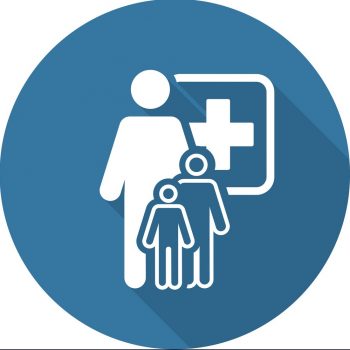Project Details
About the Project
Pediatrician Dr. Marie-Noelle Trottier-Boucher knows that patients’ and parents’ education is a key component of every encounter in the doctor’s office. After a visit, patients and family members are often referred to additional online resources to complement their visit. At times, however, it is challenging for physicians to navigate the wealth of options available online and advise patients accordingly. Which online resource is ‘better’, between the one from BC Children’s Hospital, the Canadian Pediatric Society, and the American Academy of Paediatrics, for example? With so many options, paediatricians, like all physicians, can worry about the quality of information their patients are accessing without clear guidance.
Dr. Trottier-Boucher brought together an interdisciplinary group comprised of paediatricians (Dr. Kate MacCulloch, Dr. Henry Stringer), GPs (Dr. Leah Hutchinson, Dr. Alicia Power), Nurse Practitioners (Hope Schreiber and Tara Reece), and a medical student (Taylor Foreman) to address this challenge. They first surveyed health care professionals to ascertain the barriers to providing patient education resources. Next the team surveyed parents to determine the reasons for accessing particular internet resources (‘To learn more about the condition’, ‘to understand the information given at the doctor/nurse practitioner’s visit’). Parents showed a strong preference for internet resources suggested by the health care provider over internet resources suggested by family/friends. Parents were also asked which type of internet resources they would be most likely to access (preference toward website pages) and how they would like to receive a list of resources (strong preference to receive it via email). Next, the team compiled a list of common pediatric conditions, evaluated/compared multiple online resources and built a repertoire of online resources that explained these conditions for parents. These were then shared through multiple channels, including departmental meetings, via Pathways, and on a common Facebook group for physicians. They also created a poster targeting providers with 3 tips for improving parent and patients’ education.
Speaking about the outcomes of the project, Dr. Trottier-Boucher highlighted the importance of knowing and calibrating the resources to each individual patient: “For some people, if you give too many resources, it can be overwhelming. You need to know your patients to know what they want, and you need to know your resources well”.

